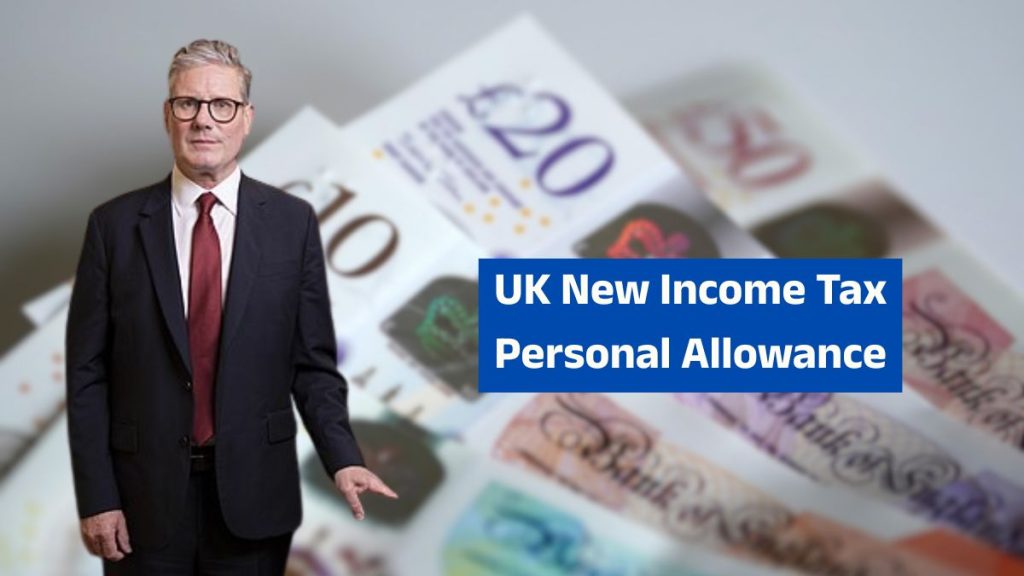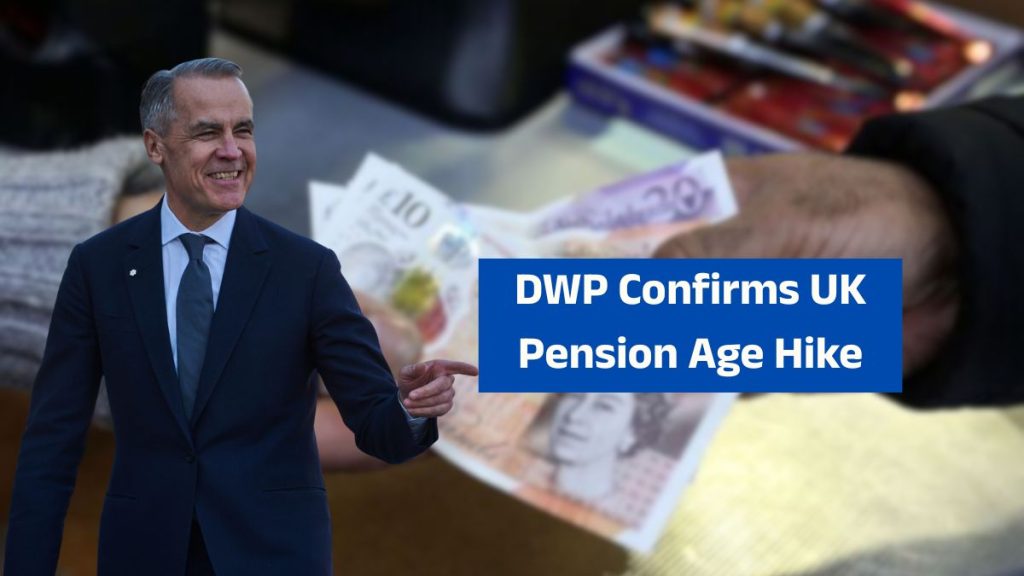Millions of pensioners across the UK are set to benefit from a £538 annual increase in their State Pension, the Department for Work and Pensions (DWP) has confirmed. Starting from April 2026, the rise will provide extra support to retirees struggling with the cost of living. With inflation, high energy bills, and everyday expenses weighing heavily on older citizens, this increase marks another step in the government’s pledge to protect retirement incomes.
What the Pension Rise Means for Retirees

From April 2026, the full new State Pension will rise from £230.25 per week to approximately £240.60 per week. Over the course of a year, that adds up to £12,511, a boost of £538 compared to current rates.
While some may view the amount as modest, for many retirees living on fixed incomes, an extra £10–£11 per week can make a significant difference. It could cover energy bills, pay for essential groceries, or help with transport and healthcare costs. For those balancing every penny, this additional income provides both financial stability and peace of mind.
Why the Pension Goes Up – The Triple Lock Explained
The pension rise is secured through the government’s triple lock guarantee. Introduced in 2010, this policy ensures the State Pension increases each April by whichever is highest:
- Average wage growth across the UK.
- Inflation (as measured by the Consumer Prices Index).
- 2.5% minimum guarantee.
This system protects pensions from being eroded by inflation and ensures that retirees do not fall behind in real terms. For 2026, the increase reflects both wage growth and price pressures, locking in a higher standard of living for pensioners.
Who Will Receive the £538 Increase?
The DWP has confirmed that the rise will benefit two main groups of pensioners:
- New State Pension recipients – those who reached pension age after April 2016 and are on the full new State Pension will receive the higher payment.
- Basic State Pension recipients – those who retired before April 2016 under the old system will also see an increase, though the total amount remains lower compared to the new pension scheme.
This ensures that all pensioners—regardless of which system they fall under—receive some level of uplift in April 2026.
Qualification Rules for the Full Pension
To receive the full new State Pension, retirees must have at least 35 years of National Insurance contributions.
- Those with fewer years will receive a proportionately reduced amount.
- Under the old basic State Pension system, only 30 years of contributions were required for the full entitlement.
Importantly, pensioners do not need to apply for the increase. Payments will be updated automatically by the DWP. Anyone unsure about their entitlement can use the government’s online State Pension forecast tool to check their records and projected payments.
Previous Increases Already in Place
The April 2026 rise follows on from an earlier increase applied in April 2025:
- The new State Pension rose from £221.20 to £230.25 per week.
- The basic State Pension increased from £169.50 to £176.45 per week.
This continued commitment highlights the government’s efforts to shield pensioners from rising living costs and preserve the value of retirement incomes.
Why the Extra £538 Matters Now More Than Ever
For millions of households, every pound makes a difference. The extra £538 per year could cover:
- A full year’s TV licence (£159).
- Several months of internet and phone bills.
- The annual cost of keeping the heating on during winter.
With food prices and household expenses still climbing, the increase provides tangible relief for those living on fixed retirement incomes. It also helps reduce the growing financial anxiety among older citizens, particularly those without private pensions or significant savings.
Other Government Support Available for Pensioners
The State Pension is just one part of the government’s wider support network for retirees. Additional help includes:
- Pension Credit – tops up income for the lowest earners and opens access to further benefits like free NHS dental care, housing support, and TV licences for over-75s.
- Household Support Fund – extended until March 2026 to provide targeted help with essentials such as food and energy.
- Winter Fuel Payments – returning for all pensioners in winter 2025/26 to ease the burden of heating costs.
- Cold Weather Payments – triggered during extended periods of freezing temperatures.
Together, these benefits create a safety net for pensioners, especially those at greatest risk of financial hardship.
Cost of Living Challenges Facing Retirees
Despite government efforts, many pensioners still face significant challenges. Rising energy costs, groceries, and housing expenses mean retirees must stretch their income further than ever before.
For pensioners relying solely on the State Pension, even with the £538 increase, money remains tight. Advocacy groups continue to argue that further reforms are needed, particularly for those without private pensions or additional income.
What Pensioners Should Do Now
With the confirmed increase set for April 2026, pensioners are encouraged to take several steps:
- Check your National Insurance record – to ensure you have enough years for the full entitlement.
- Use the online pension forecast tool – available on the UK Government website.
- Review eligibility for Pension Credit – thousands of pensioners still miss out on this benefit.
- Update personal details with DWP – including bank information, to avoid payment delays.
- Seek financial advice – particularly for those balancing private pensions, savings, and state benefits.
By preparing early, pensioners can maximise the benefit of the increase and plan ahead with more confidence.
Looking Ahead – The Future of the Triple Lock
The government has pledged to keep the triple lock policy in place until the end of this parliamentary term, meaning pensioners can expect further rises each April.
- The exact amount of future increases will depend on inflation and wage growth trends.
- With economic uncertainty continuing, the triple lock remains one of the strongest safeguards for pensioner incomes.
- The April 2026 boost offers reassurance that the State Pension will remain competitive with living costs.
FAQs – £538 State Pension Boost 2026
Q1. When will the £538 State Pension increase take effect?
From April 2026, the new State Pension and basic State Pension rates will rise.
Q2. Who will receive the £538 increase?
Both new State Pension recipients (post-April 2016) and those on the basic State Pension (pre-April 2016) will benefit, though amounts differ slightly.
Q3. Do I need to apply for the pension rise?
No. The DWP will automatically update payments for all eligible pensioners.
Q4. How do I qualify for the full new State Pension?
You need at least 35 years of National Insurance contributions. Those with fewer years receive a reduced amount.
Q5. What other support is available alongside the State Pension?
Pension Credit, Winter Fuel Payments, Cold Weather Payments, and the Household Support Fund all provide additional help to pensioners.













